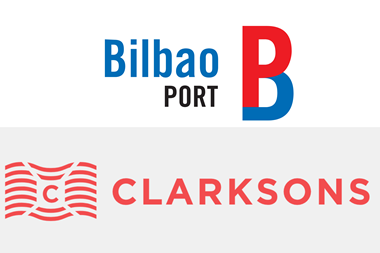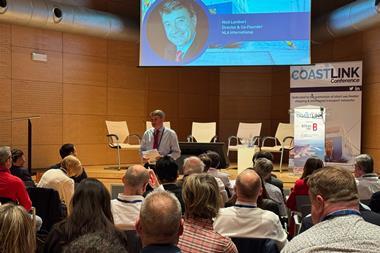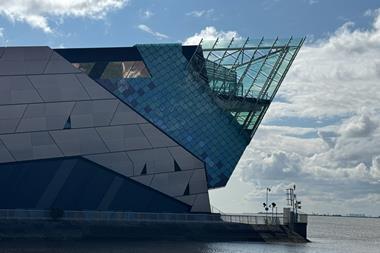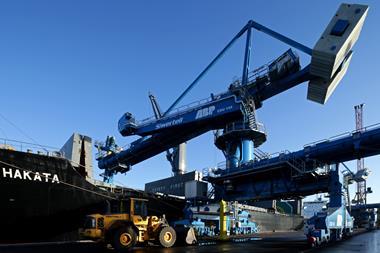In the first panel session on day one of Coastlink, onshore power supply (OPS) expansion to meet demand was a hot topic for discussion, not least of all how all ports are in a different position with demand and provision.
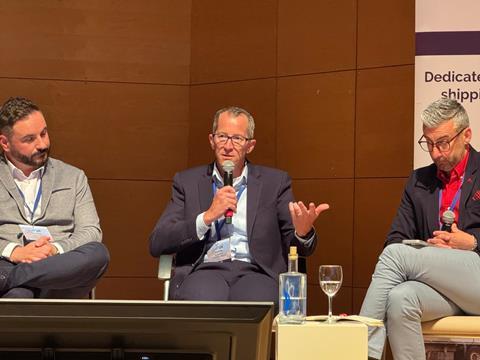
Panelist James Evans, head of operations, Portsmouth International Port, said that for Portsmouth, the new UK Maritime 2050 plan, along with government funding, has helped drive green ambition for its new shore power facility set to go live this summer.
“Portsmouth is a municipal port. This means that we need to meet the government legislative drive to lower emissions, support our customers as they transition to alternative power and deliver our moral duty to the city with a clear sustainability vision for the future,” he said.
“But we’re also committed to the UK’s marine sustainability plan which aims to drive up innovation and give more certainty to investment.
The Port of Aberdeen is on a slightly different journey.
It previously had a large focus on OPS, but more recently, has been spearheading the use of HVO which it has used to half its scope 1 and scope 2 emissions.
That’s because its variety of customers are looking at a multitude of power and refuelling options, in addition to OPS.
“So, we have to get ready for everything,” said panelist Kieran Morton, business development manager at Port of Aberdeen.
He said this has also included getting ready for hydrogen and methanol bunkering.
Mr Morton said that key to keeping up with demand for OPS and other power and refuelling options is offering a number of alternatives to customers.
The port has had to do this because of the variety of vessels it serves which have different requirements for refuelling.
He also pointed out that OPS is around 60% more expensive in the UK than traditional fuels, a cost that many port customers won’t pay themselves or pass on to their end users.
“Driving up costs is not the answer anyway. We need a new taxation model to drive uptake of alternative fuels,” he said.
During the panel session an interesting question was put to both Mr Morton at the Port of Aberdeen and Mr Evans at Portsmouth Port – how do you accommodate all the different vessels that you serve with onshore power supply?
Mr Evans said that assessing the needs of customers is fundamental – at Portsmouth there are seven types of connection for its new OPS terminal.
“It’s about planning the OPS system around this and then factoring in calls and scheduling as far ahead as possible to cater for the energy requirements. But we still have a lot of learning to do,” he said.
Mr Morton said that Aberdeen has nine OPS berths which cater for multi-purpose vessels including platform supply vessels, ferries and Bibby’s brand new eSOV – all of which have different charging requirements.
“So, we go big to cater for all of our customer and that means purchasing 4MVA of renewable energy from our suppliers.”
“But size and scale creates its own issues – how do we drive down this cost of energy supply, which is where the real cost issue lies?”
For Mr Morton, fundamentally there needs to be strong tax incentives to drive down cost of supply.




